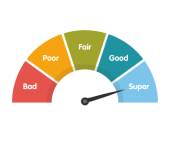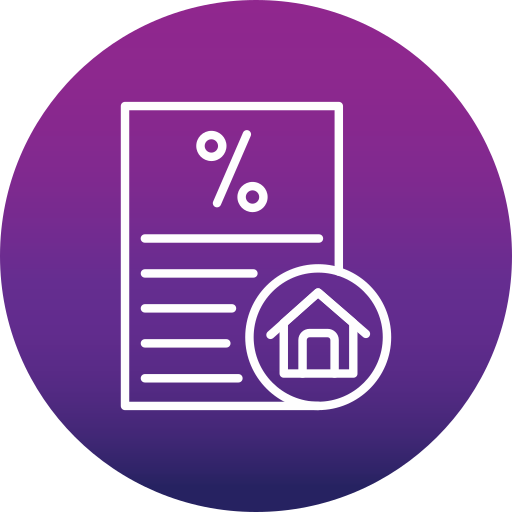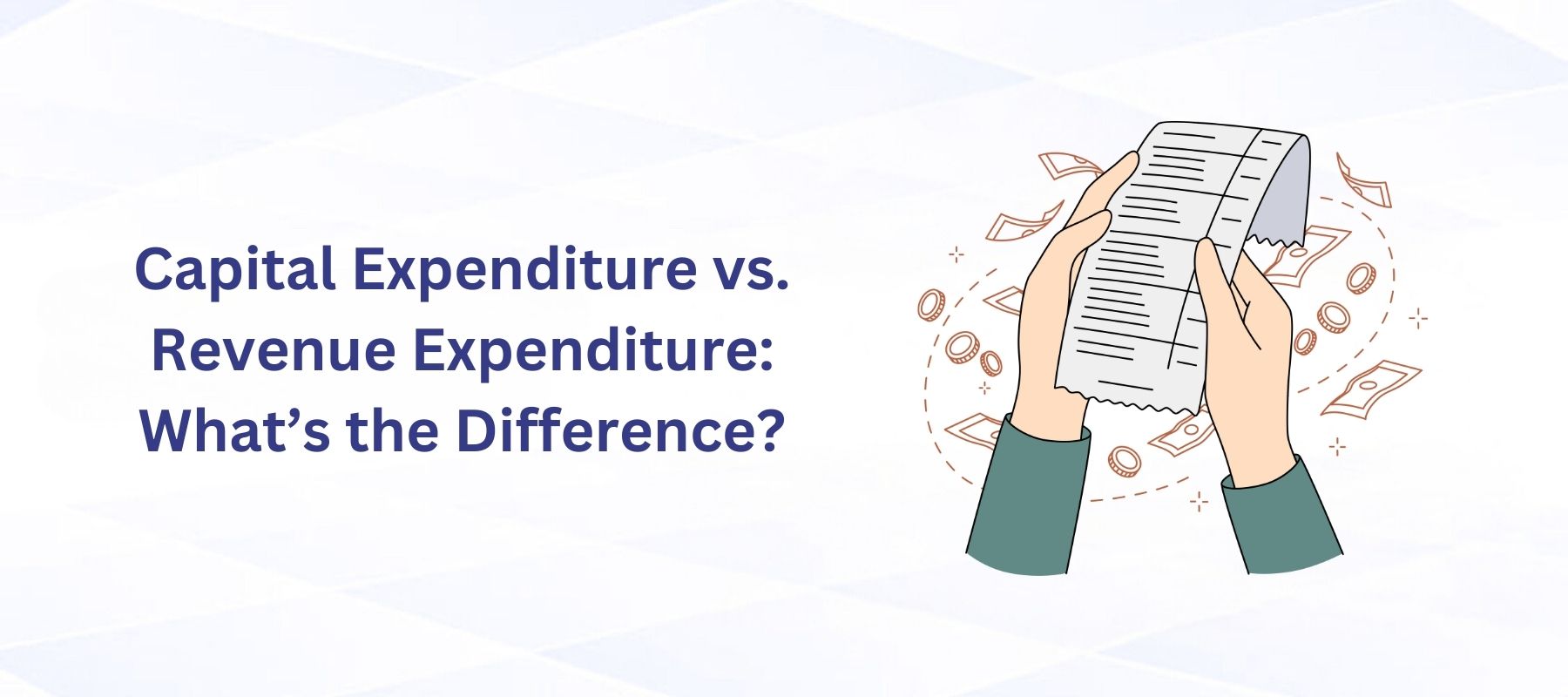Special Offers




Special Offers




11-Dec-2024 | Home Loan

Understanding the financial health and performance of a business requires grasping key financial concepts, particularly the distinction between capital expenditure (CapEx) and revenue expenditure (RevEx). Both are essential for maintaining and growing an organization, yet they serve distinct purposes and have different accounting treatments. This comprehensive guide will demystify these expenditures, providing practical insights to help businesses make informed financial decisions.
Capital expenditure refers to the funds used by a company to acquire, improve, or maintain long-term assets. These assets, such as property, equipment, or technology, are expected to generate benefits over multiple accounting periods.
Revenue expenditure covers the costs associated with the day-to-day operations of a business. These expenses are necessary for maintaining the ongoing functionality of the business and are typically consumed within the current accounting period.
|
Aspect |
Capital Expenditure |
Revenue Expenditure |
|
Definition |
Investments in long-term assets to enhance or create value. |
Costs incurred for the maintenance of daily operations. |
|
Duration |
Provides benefits over several years. |
Provides benefits within a single fiscal year. |
|
Accounting Treatment |
Recorded as an asset on the balance sheet and depreciated over time. |
Recorded as an expense in the income statement. |
|
Purpose |
To increase earning capacity or extend the life of an asset. |
To sustain current operational capabilities. |
|
Frequency |
Infrequent or one-time expenses. |
Frequent and recurring expenses. |
|
Capitalization |
These expenditures are capitalized and included in the asset's value. |
Not capitalized; expensed immediately. |
|
Depreciation |
Subject to depreciation over its useful life. |
Not subject to depreciation. |
Purchasing New Machinery: Investing in equipment to increase production capacity.
Land Acquisition: Buying land for business expansion.
Building Construction: Constructing a warehouse or office space.
Technology Upgrades: Implementing advanced software systems.
Vehicle Purchase: Acquiring delivery trucks or company cars.
Salaries and Wages: Payments made to employees for their services.
Utility Bills: Expenses for electricity, water, and internet services.
Repair Costs: Fixing machinery to maintain operations.
Advertising: Marketing campaigns to promote the business.
Inventory Purchase: Procuring raw materials for production.
Capital expenditures are incurred to create or enhance the value of an asset. These investments are pivotal for long-term business growth and stability.
Balance Sheet: CapEx is recorded under fixed assets.
Depreciation: The cost is spread over the useful life of the asset.
Expansion CapEx: Investments to increase operational capacity.
Replacement CapEx: Costs for replacing obsolete equipment.
Maintenance CapEx: Upgrades to maintain existing assets.
Compliance CapEx: Meeting regulatory or environmental standards.
Strategic CapEx: Funding research, acquisitions, or innovation.
Drives long-term business growth.
Enhances operational efficiency.
Supports strategic goals.
Revenue expenditures are operational expenses necessary to maintain daily activities and generate short-term revenue.
Income Statement: RevEx is expensed immediately.
No Depreciation: These expenses are fully written off in the current accounting period.
Direct Expenses: Costs related to production, such as raw materials and direct labor.
Indirect Expenses: Costs for selling, administration, and distribution, like advertising and office supplies.
Ensures smooth day-to-day operations.
Maintains the quality of services and products.
Affects short-term profitability.
Strategic Planning: Prioritize investments aligned with business goals.
Cost-Benefit Analysis: Assess the ROI before committing funds.
Regular Maintenance: Extend the life of assets through timely upkeep.
Expense Monitoring: Track daily expenses to avoid overspending.
Operational Efficiency: Automate processes to reduce costs.
Budget Allocation: Allocate resources strategically for maximum impact.
Overestimating ROI can lead to financial strain.
Delayed benefits may impact short-term cash flow.
High recurring costs can erode profitability.
Inefficient resource allocation may hinder operational efficiency.
Understanding the difference between CapEx and RevEx is vital for:
Accurate Financial Reporting: Ensures compliance with accounting standards.
Strategic Decision-Making: Aids in allocating resources effectively.
Taxation: Optimizes tax benefits through proper categorization.
Yes, certain expenses may have both elements. For example, renovating a facility may involve CapEx (upgrading equipment) and RevEx (repairing minor damages).
CapEx is capitalized because it generates benefits over multiple periods, aligning with the matching principle in accounting.
Advertising costs are considered revenue expenditures as they are short-term in nature.
Depreciation spreads the cost of a capital asset over its useful life, impacting the income statement gradually.
No, revenue expenditures are reflected only in the income statement.
Companies use financing options, such as loans or equity, to fund significant CapEx projects while maintaining liquidity.
The distinction between capital expenditure and revenue expenditure is crucial for businesses to ensure effective financial management. While CapEx drives long-term growth and stability, RevEx sustains daily operations and short-term profitability. By striking the right balance between these expenditures, businesses can achieve financial health, optimize resource allocation, and ensure sustainable growth.